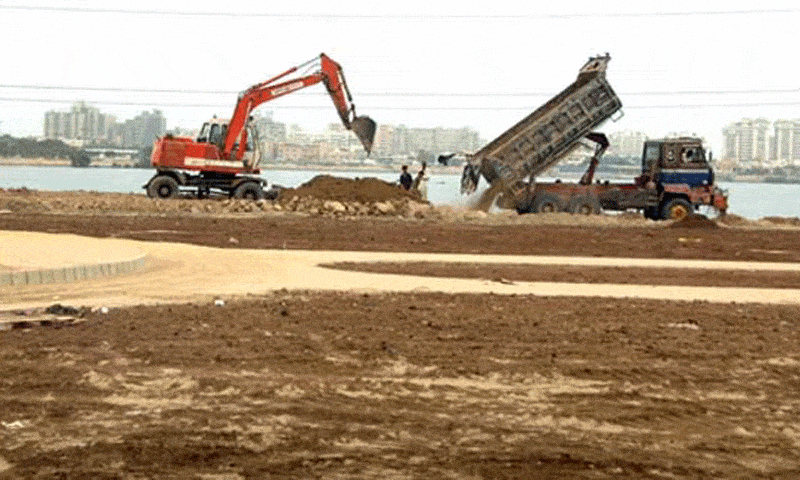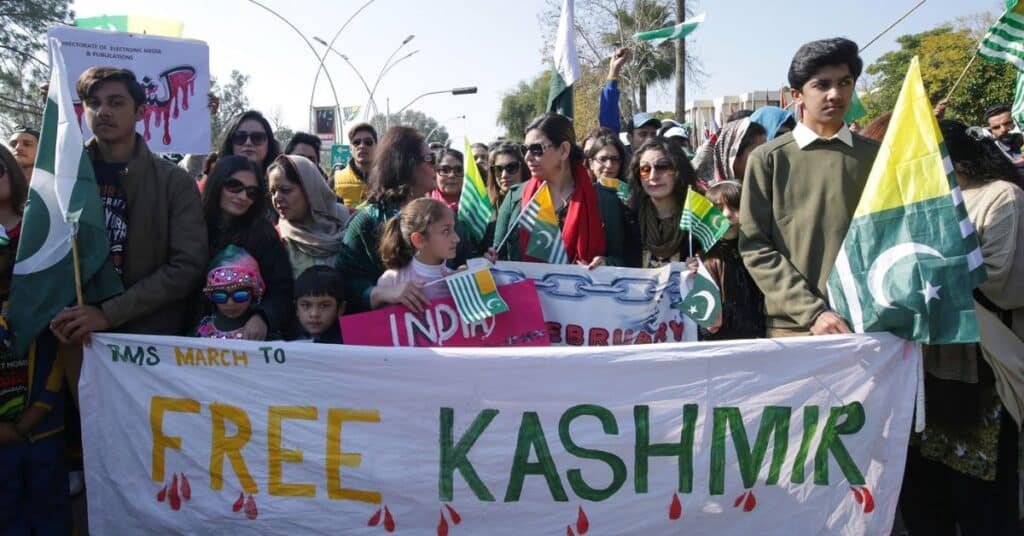PESHAWAR: The Khyber Pakhtunkhwa government is set to present a significantly expanded Annual Development Programme (ADP) for the fiscal year 2025–26, with a proposed budget of Rs528 billion. This marks an increase of Rs114 billion from the previous fiscal year and signals a strong governmental push to accelerate development across key sectors in the province.
The development budget in the last fiscal year stood at Rs414 billion. According to officials in the finance department, the proposed increase is aimed at widening the scope of development initiatives and addressing long-standing deficiencies in infrastructure, public services, and governance, particularly in rural and underdeveloped areas.
Insiders familiar with the budget planning process reveal that major funds will be allocated for public works, health, education, local governance, and the newly merged tribal districts. The aim is to ensure not only economic growth but also to promote equitable development across all regions of the province. These proposed allocations are currently under review by the Chief Minister and the Department of Planning and Development.
The government is expected to finalize the plan and present it before the provincial cabinet. Once approved at that level, it will be tabled in the Khyber Pakhtunkhwa Assembly for discussion and formal approval
This increase in development funding comes at a critical time for the province, which continues to face serious fiscal challenges, including delayed transfers of federal funds, economic strain due to security expenditures, and rising demand for public services. Officials believe that expanding the development budget will play a key role in addressing these pressures and will allow the government to initiate new projects while completing those that have stalled due to resource constraints.
The government also hopes to send a strong signal to both local communities and international development partners that it is serious about structural reforms and service delivery. In addition to building roads, schools, and hospitals, the expanded budget is expected to prioritize renewable energy projects, clean water access, digitization of governance systems, and capacity building at the local government level.
Moreover, this shift toward aggressive development spending also reflects growing pressure on the provincial government to demonstrate progress, particularly in the newly merged districts where integration with KP’s administrative system is still ongoing and public expectations remain high.
Senior government officials emphasise that transparency, efficient fund utilisation, and timely project completion will be critical to ensuring the success of this ambitious development agenda. With fiscal constraints continuing to pose challenges, the province’s ability to translate this budget into meaningful outcomes will largely depend on the effective coordination between departments, oversight mechanisms, and political will.
If executed as planned, the proposed ADP could mark a turning point in the province’s development trajectory, reviving infrastructure, improving public services, and offering relief to citizens grappling with economic uncertainty and regional instability.
Read also: Budget 2024–25: KP govt in hot water over soaring development costs in merged districts





